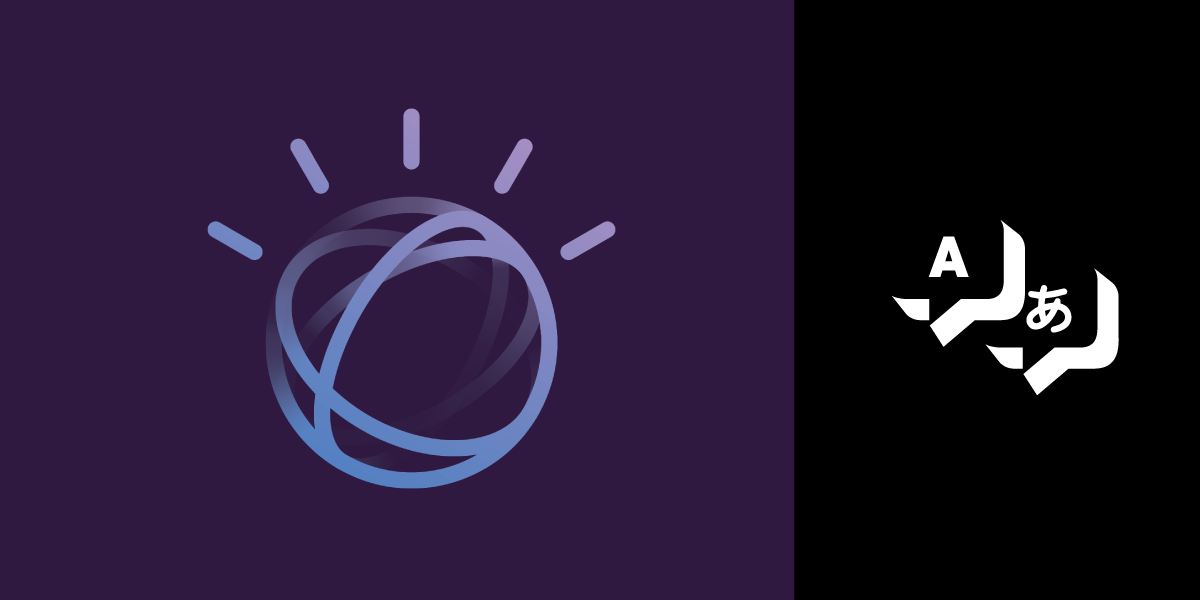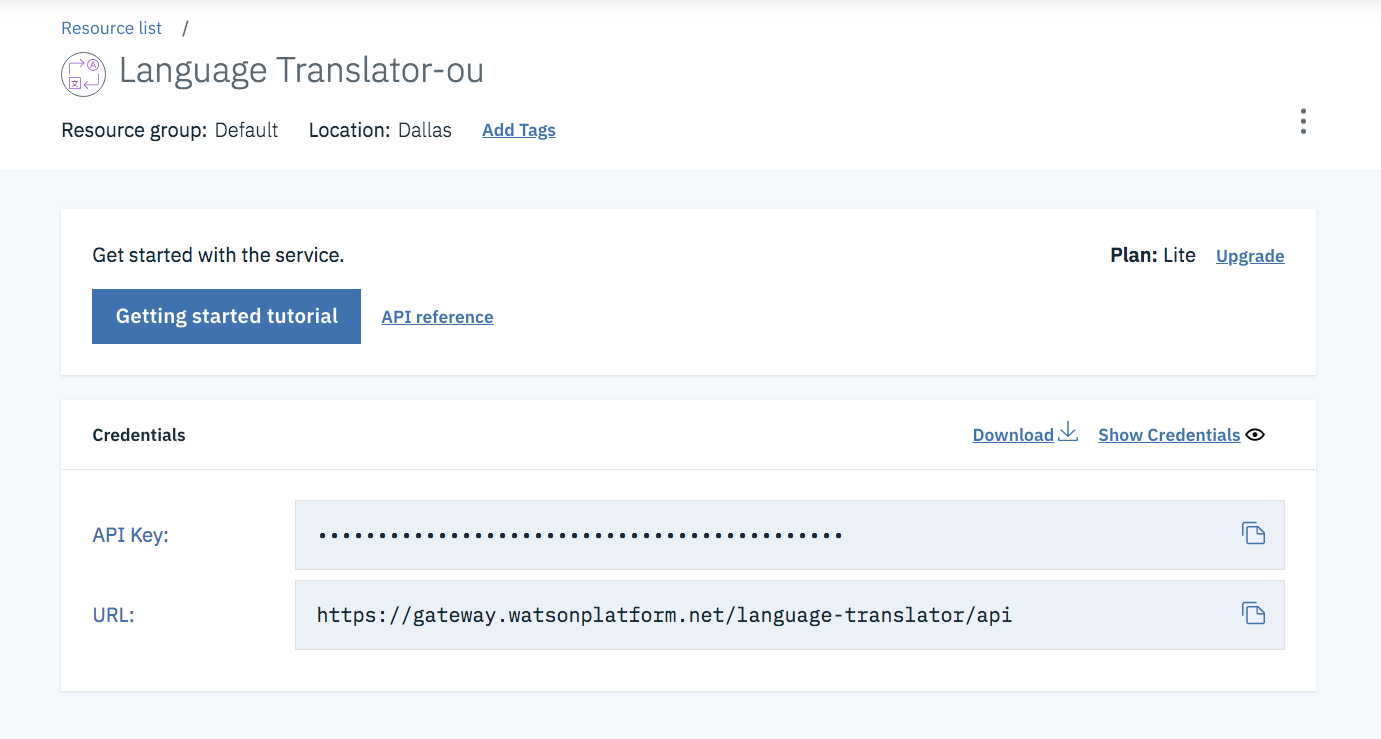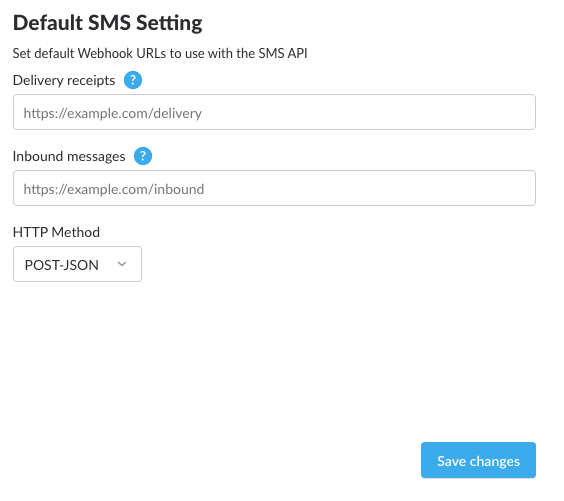
Share:
Kelly J Andrews is a developer advocate for Nexmo and has been tinkering with computers for over 30 years, using BASIC for the first time at the age of 5.
It wasn't until building his first webpage in 1997, and trying out JavaScript for the first time that he found a true calling. Kelly now fights for JavaScript, testable code, and fast delivery.
You can find him singing karaoke, performing magic, or cheering for the Cubs and Fighting Irish.
Translate SMS Messages With IBM Watson and Vonage
Time to read: 10 minutes
In my previous posts, I showed how you can translate text messages with the Google Translation API and AWS Translate.
In this post, I show you how to create an inbound Vonage SMS webhook and translate the message into English using the IBM Watson Language Translator.
In order to get started, you will need the following items setup:
To complete this tutorial, you will need a Vonage API account. If you don’t have one already, you can sign up today and start building with free credit. Once you have an account, you can find your API Key and API Secret at the top of the Vonage API Dashboard.
The setup for this example is minimal, and you only need a couple of packages to get going.
ibm-watson- this is the official IBM Watson SDKexpress- web framework to serve the webhookdotenv- a package to load environment variablesbody-parser- middleware for Express to handle the incoming webhook object
Initialize the project and then install the above requirements using npm or yarn.
Once installed, create an index.js and .env file.
Next, open the index.js file and put the following code inside:
'use strict';
require('dotenv').config();
const express = require('express');
const bodyParser = require('body-parser');
const LanguageTranslatorV3 = require('ibm-watson/language-translator/v3');
const { IamAuthenticator } = require('ibm-watson/auth');
const app = express();
app.use(bodyParser.json());
app.use(bodyParser.urlencoded({ extended: true }));
const server = app.listen(3000, () => {
console.log(`Express server listening on port ${server.address().port} in ${app.settings.env} mode`);
});
This will set up the server to run the example.
Webhooks need to be publicly available so that the Vonage service can reach the application when incoming SMS messages are received. You could push your code up to a publicly available server, or you can use ngrok to allow for public traffic to reach your local application.
You can learn more about installing ngrok with this post. After you have everything ready to go you can start ngrok using the following command to create your tunnel.
Make a note of the ngrok address, as you will need that in a later step.
Once you have the initial items set up, you can add IBM Watson Language Translator to your account and get the credentials required to run the example. Follow this link to enable the Language Translator API. Select a project, and then click the Enable button to activate the API on that project.
 Create Language Translator Service
Create Language Translator Service
Once created you will be presented with a Getting Started tutorial. In the left nav, click Manage to locate following screen:
 IBM Watson Language Translator Manage Screen
IBM Watson Language Translator Manage Screen
Open up the .env file first, and copy and paste the following:
TRANSLATE_IAM_APIKEY=
TRANSLATE_URL=Using the Copy the API Key and URL found on the IBM Watson Translation Manage page, fill in the .env file details, save and continue on to create the Vonage phone number.
This example requires a phone number from Vonage to receive inbound messages. We can do this by using the Vonage CLI right from a terminal.
The first step will be to purchase a number (feel free to use a different ISO 3166 alpha-2 country code as needed).
Although the actual route to use in the application isn't set up, you will name it /message. The phone number needs to be linked to this route so inbound messages know where to go. Get the ngrok host name from the previous setup and use it here:
Now we have the webhook setup as a place for inbound SMS messages to be routed.
All that is left for this tutorial is creating the Express route to handle the incoming data and a couple of small functions to actually perform the translation.
First, we need to build the webhook code. Vonage has a built in feature for setting default SMS behaviour. In the settings panel you can change the default HTTP method used. Mine is set to POST-JSON. I would recommend using this setting if possible, however the code used in this example will handle all three options in case you are unable to modify this setting.
 Default Vonage SMS HTTP Method
Default Vonage SMS HTTP Method
Open up the index.js file, and at the bottom, paste the following code:
// Reading the inbound SMS messages
const handleRoute = (req, res) => {
let params = req.body;
if (req.method === "GET") {
params = req.query
}
if (!params.to || !params.msisdn) {
res.status(400).send({'error': 'This is not a valid inbound SMS message!'});
} else {
translateText(params);
res.status(200).end();
}
};
The above snippet is the method we will pass into the routes. If the incoming message is using POST it will use req.body, and it will use req.query for the GET option. As long as the inbound payload is properly set up, the object will be sent along to the translateText method to display the translation.
Now you can add the route and proper HTTP methods to the application.
app.route('/message')
.get(handleRoute)
.post(handleRoute)
.all((req, res) => res.status(405).send());
The above code will create the GET and POST methods to handle either from the inbound SMS webhook message. If any other method is used, a 405 - Method Not Allowed response will be returned.
The webhook is ready to go and the final piece is the actual translations.
In the previous step we call translateText. This step will create that method.
Using the ibm-watson package we first instantiate the LanguageTranslatorV3 class, which will give us the translate method. This is called within the translateText method and uses the text field from the inbound SMS message object. The modelId input is any two-letter code for the language to translate into.
const languageTranslator = new LanguageTranslatorV3({
version: '2017-09-21',
authenticator: new IamAuthenticator({
apikey: process.env.TRANSLATE_IAM_APIKEY,
}),
url: process.env.TRANSLATE_URL,
});
function translateText(params) {
const translateParams = {
text: params.text,
modelId: 'en-es',
};
languageTranslator.translate(translateParams)
.then(data => {
console.log(`Original Text ${params.text}`);
console.dir(`Translation ${data.result.translations[0].translation}`)
})
.catch(err => {
console.log('error:', err);
});
}
Now you can test out the functionality by starting the server, and sending a text message to the number you purchased earlier.
The IBM Watson Language Translator full response object has a lot of details as well, so you could change the response to include console.dir(translationResult, {depth: null}) to see the full payload.
The example above is just a small introduction to translation using the IBM Watson Translation service. From here you can translate the inbound message, and then translate the outbound message into the correct language as well (future blog post, for sure).
You can find a completed version of this tutorial on the Vonage Community GitHub.
If you want to learn more about the Extend projects we have, you can visit https://developer.vonage.com/extend.
Share:
Kelly J Andrews is a developer advocate for Nexmo and has been tinkering with computers for over 30 years, using BASIC for the first time at the age of 5.
It wasn't until building his first webpage in 1997, and trying out JavaScript for the first time that he found a true calling. Kelly now fights for JavaScript, testable code, and fast delivery.
You can find him singing karaoke, performing magic, or cheering for the Cubs and Fighting Irish.
